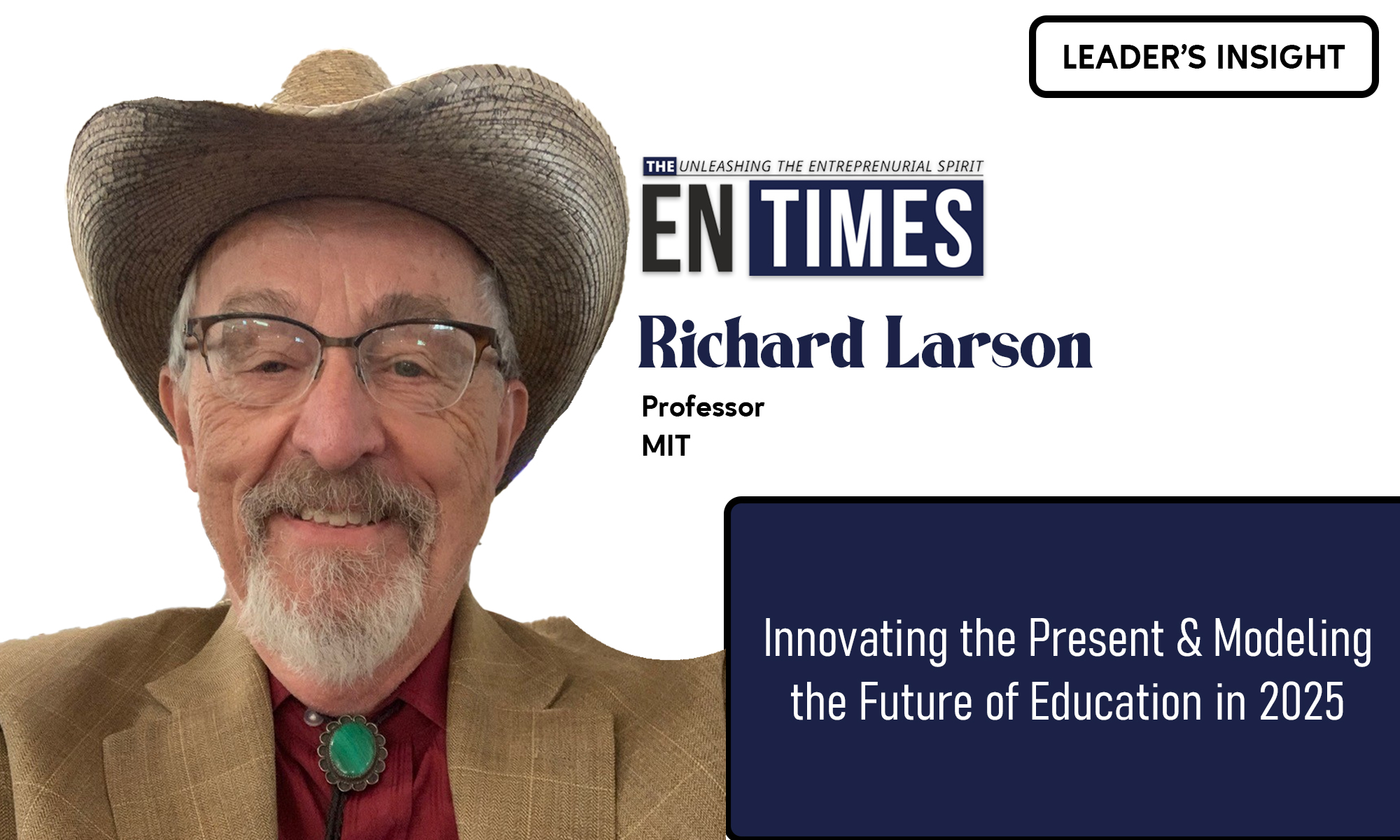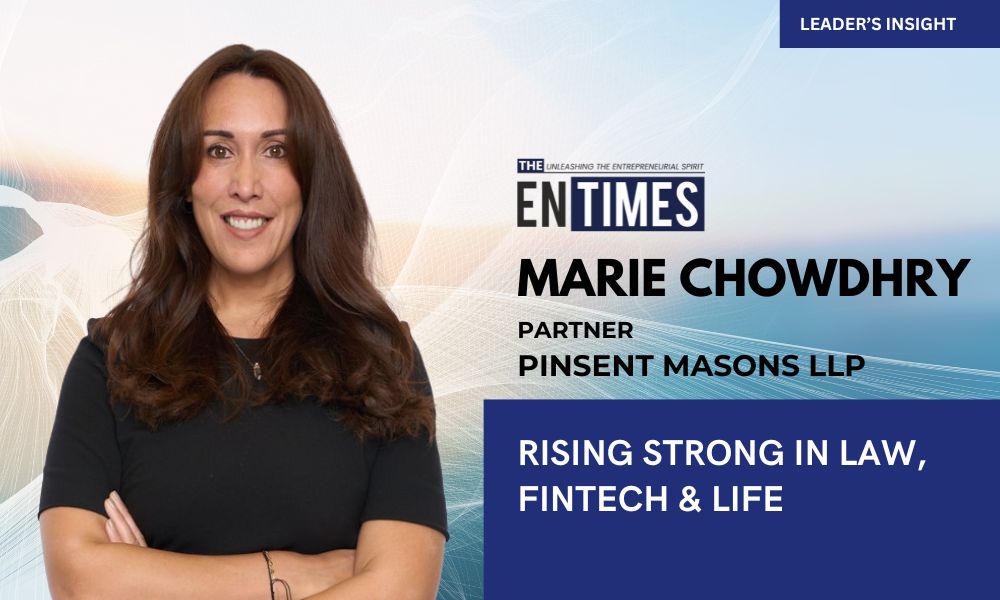In an age where digital transformation is reshaping education systems around the globe, few figures have been as visionary or as impactful as Prof. Richard C. Larson, the Mitsui Professor at MIT’s Institute for Data, Systems, and Society. With a background rooted in operations research and systems engineering, Larson has spent the better part of five decades applying analytical precision to solve one of humanity’s most important challenges: how to make education accessible, equitable, and effective for all.
From high-tech classrooms in Singapore to under-resourced schools in rural communities, his work continues to redefine what’s possible in global education.
A Systems Thinker in the Classroom
Larson’s approach to education is grounded in the same systems thinking he applied to urban emergency services and logistics. As he puts it: “Whether it’s a traffic network or a learning ecosystem, you need to define the problem, identify constraints, and build a solution that scales.”
This mindset led him to launch some of the most forward-thinking educational initiatives at MIT, including MIT BLOSSOMS and MIT LINC—projects that have transformed the delivery and accessibility of STEM education across continents.
MIT BLOSSOMS: A Blooming Legacy
Standing for Blended Learning Open Source Science or Math Studies, MIT BLOSSOMS is one of Larson’s most enduring educational contributions. The initiative creates engaging, video-based STEM lessons designed to be paired with in-class teaching, making it especially valuable in resource-limited environments.
“BLOSSOMS isn’t just about watching videos,” Larson says. “It’s about interaction, exploration, and discovery with a local teacher guiding the experience.”
The program has been implemented in classrooms from the United States to the Middle East, South Asia, and Africa, bridging educational divides by using open-source technology and a collaborative development model.
The Global Reach of MIT LINC
As founder and director of the Learning International Networks Consortium (LINC), Larson envisioned a global forum where educators, technologists, and policymakers could collaboratively reimagine learning. Since its inception, LINC has hosted eight international symposia, bringing together voices from over 40 countries.
His leadership ensured LINC was not just an academic think tank, but a platform for action, facilitating technology-enabled programs and policy changes in real-world educational environments.
Singapore-MIT Alliance: A Digital Milestone
Long before the term “online education” became mainstream, Larson spearheaded the Singapore-MIT Alliance (SMA) a trailblazing point-to-point digital education program that delivered MIT-level learning across oceans.
Launched in the 1990s, SMA proved that distance is not a barrier to quality, offering interactive, real-time learning for students in Asia from faculty based in Cambridge. This initiative remains a blueprint for international e-learning partnerships.
Back to Basics: The Pencil, the Paper, and the Mind
Despite his passion for edtech, Larson warns against over-reliance on automation especially in an era dominated by AI.
“AI can generate essays and solve equations, often at A+ levels,” he notes. “But that’s not learning. That’s outsourcing cognition. We need to return to the basics pencil, paper, and structured thinking. These are tools that build long-term understanding.”
He references recent cognitive science research that validates the benefits of handwriting in memory retention and conceptual comprehension, emphasizing the importance of balanced learning methodologies.
Policy, Equity, and the Democratization of Knowledge
At the core of Larson’s educational philosophy is democratization ensuring that quality education is not limited by geography, economic status, or infrastructure.
“Where you’re born should not determine whether you get a good education,” he says firmly. “If we can use technology to deliver banking, health care, and government services to remote areas, then surely we can deliver learning.”
This belief has driven his consultancy work with the World Bank, the United Nations, and educational institutions across Asia, the Middle East, and Africa.
A Lifetime of Educational Innovation
- Director of MIT’s CAES (Center for Advanced Educational Services)
- Principal Investigator of PIVoT (Physics Interactive Video Tutor)
- Creator of MIT World, Masters’ Voices, and Inventing the Global Classroom
- Invited speaker at U.S. Congress and forums across Asia, Europe, and South America
- Co-author of the award-winning paper: “STEM Crisis or STEM Surplus? Yes and Yes”
His research on education has influenced curriculum design, teacher training, and digital pedagogy worldwide.
Looking Ahead: A Blueprint for Future Classrooms
For Larson, the future of education lies in blended ecosystems a harmonious mix of digital content, local teaching, systems engineering, and human empathy.
He advocates for:
- Teacher-centric edtech platforms, not teacher-replacing ones
- Global collaboration in educational research and policy
- Integration of operations research and systems thinking into science curricula
- Universal access to open educational resources (OERs)
“Education is the most important service sector,” Larson affirms. “If we get this right, everything else follows health, economy, innovation, and equity.”
Final Thought: Leading with Purpose
With a legacy that spans disciplines, borders, and generations, Richard C. Larson stands as a beacon in the global movement for educational transformation. His work reminds us that the true purpose of education is not just to inform, but to empower.
In a world grappling with inequality, conflict, and technological disruption, Larson’s message is more relevant than ever: “Great education is a human right. And great systems can make it universal.”
NEXT: Richard C. Larson: The Mind Behind Models That Move the World



